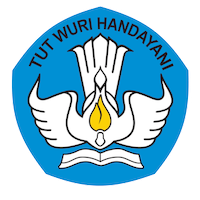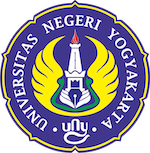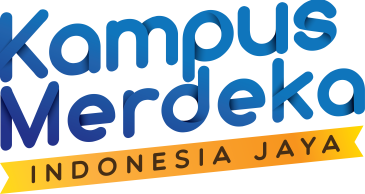Indonesia has rich traditional fabrics such as batik and lurik from Yogyakarta or gringsing and endek from Bali. Along with the traditional woven fabrics, there are modernized fabric manufacturers that produced printed batik and linen. It allows faster production process compared with traditional woven fabrics. To keep people interest on traditional woven fabrics, a team of UNY students designed the Eco Culture Fashion which gave a new feel to traditional weaving that woven fabrics do not have in general. The team consists of Khoir Nur Arifah (Management Study Program), Ahmad Febriyanto (Education Policy Study Program), Dwi Martanti Cahya Imani (Accounting Study Program) and Miftahul Annisah Nurfitria and Chomsatun Rispa Cendana (Fashion Engineering Education Study Program).
According to Khoir Nur Arifah, Eco Culture Fashion applied surrounding plants such as shrubs or wild plants which are arranged to form a certain motif that describes folklore as an effort to preserve national culture. "Eco Culture Fashion is a traditional weaving innovation that is made so that traditional weaving still exists and is in demand by the community," Nur said. Weaving Eco Culture Fashion has advantages in terms of weaving motifs, made from shrub plants which are considered to be a disturbing plant by the community. The motif is produced from the colouring process with ecoprint technique that is safe for the skin and environment because it uses natural ingredients and does not produce hazardous staining results. Ahmad Febriyanto added that the colouring of woven fabrics is done using natural materials, namely leaves from surrounding plants with ecoprint techniques. This innovation product has many advantages, namely green products, culture-based products by lifting the values of local wisdom, and potentially to be marketed domestically and abroad. "Therefore this business with innovation products is very likely to be developed and become a product that is accepted by the community," he explained.
Dwi Martanti Cahya Imani said, the material needed was lurik cloth, coloring material in the form of kersen leaves and pine leaves and mattress threads. The production stage starts from the preparation of tools and materials, then the leaves are sheared on the surface of the weaving, folding into small, elongated parts, rolled up and tying the cloth rolls with the mattress thread. Then steam the woven cloth that has been topped on the pan for about 1 hour or until the dyes from the plant come out and absorb into the weaving. Then the fixation process by means of woven cloth that uses tunjung or tawas. Then steam the cloth that has been fixed for 1 hour until the leaves' dye absorbs. Cut the rope and remove the weaving roll, then clean the leaves then rinse thoroughly and dry in the sun. Then the process of ironing the surface weaves with warm temperatures. After ironing, weaving will be folded, packaged and labelled with trade mark and care label. This work succeeded in gaining Dikti funding through the Student Creativity Program in Entrepreneurship in 2019. (Dedy)





